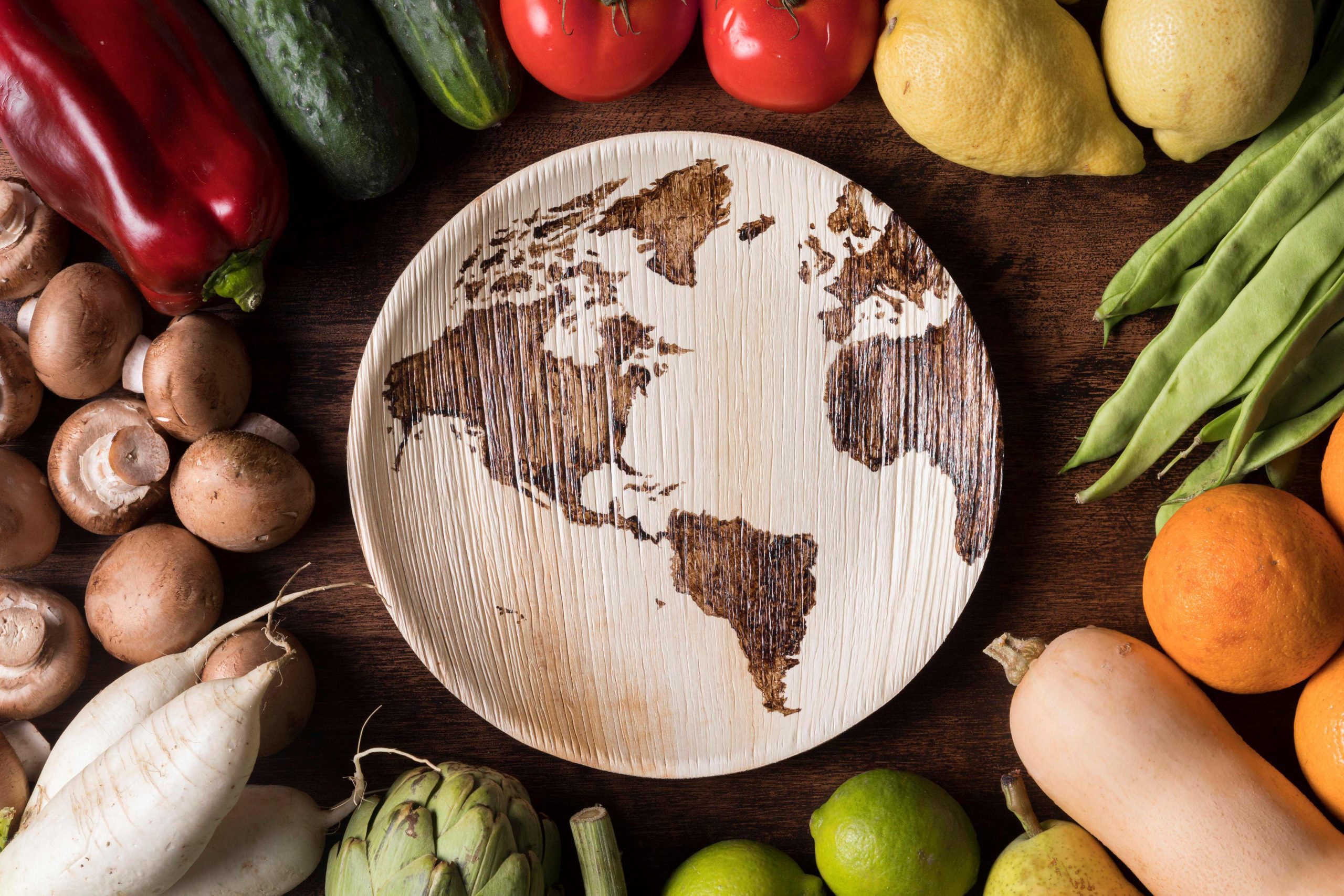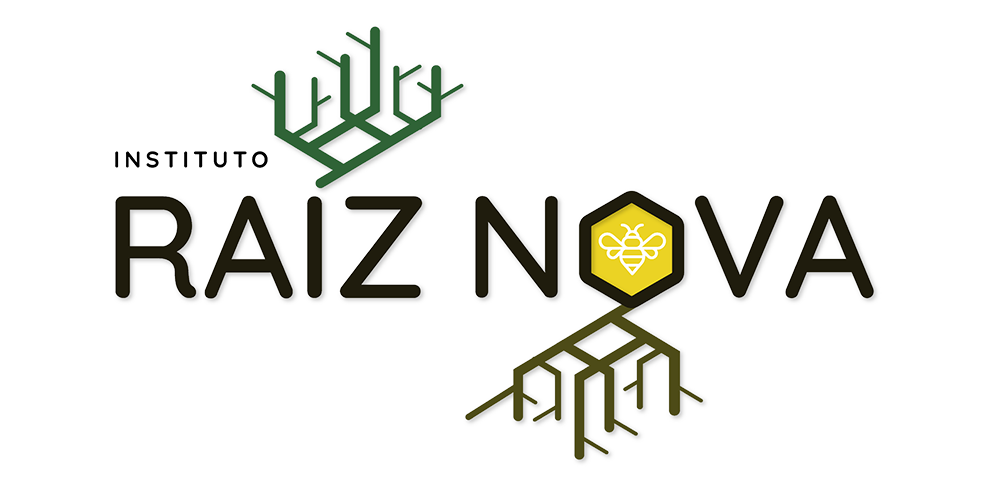Understanding the difference between Food Sovereignty and Food (In)Security

freepik
Lately, a lot has been said about food sovereignty and food (in)security, but do you know what each of these concepts means? Food sovereignty is defined as the freedom of each community to propose what, how and for whom to produce. In other words, it encompasses the right of these communities to define their agricultural and food policies and strategies. Moreover, it includes the recovery or preservation of agricultural practices based on family farming, guided by production under the agroforestry system and direct local marketing.
Food and nutrition security is a concept coined after the First World War (and due to the famine generated by that conflict in Europe) and is linked to State policies to produce food and guarantee their societies the right for everyone to have access to quality products in sufficient quantity. When this does not happen, we face the so-called food insecurity, which can be classified into three levels, depending on the severity of the situation:
– light: there is a possibility that the population might starve in the near future;
– moderate: we face restrictions on the amount of food that the population can obtain;
– severe: the access to food is directly compromised and the population cannot eat.
The projects developed by the IRN (implementation of agroforestry associated with the meliponiculture activity) provide the communities with which we work the access to healthier food and offer them a possible instrument to combat food insecurity. Furthermore, as each project relies on the direct participation of the community, there is room for joint reflection on what to plant, providing them a space for dialogue about what will be planted.
Environmental conservation permeates all IRN actions. Concerning environmental conservation, the adoption of agroforestry practices also promotes the improvement of soil quality and provides communities with a sustainable form of food production. The implementation of agroforestry also facilitates the strengthening of collective work, through joint efforts.
Hence, we can say that IRN’s projects directly integrate three important pillars: healthy food, environmental conservation and strengthening of community relations.
